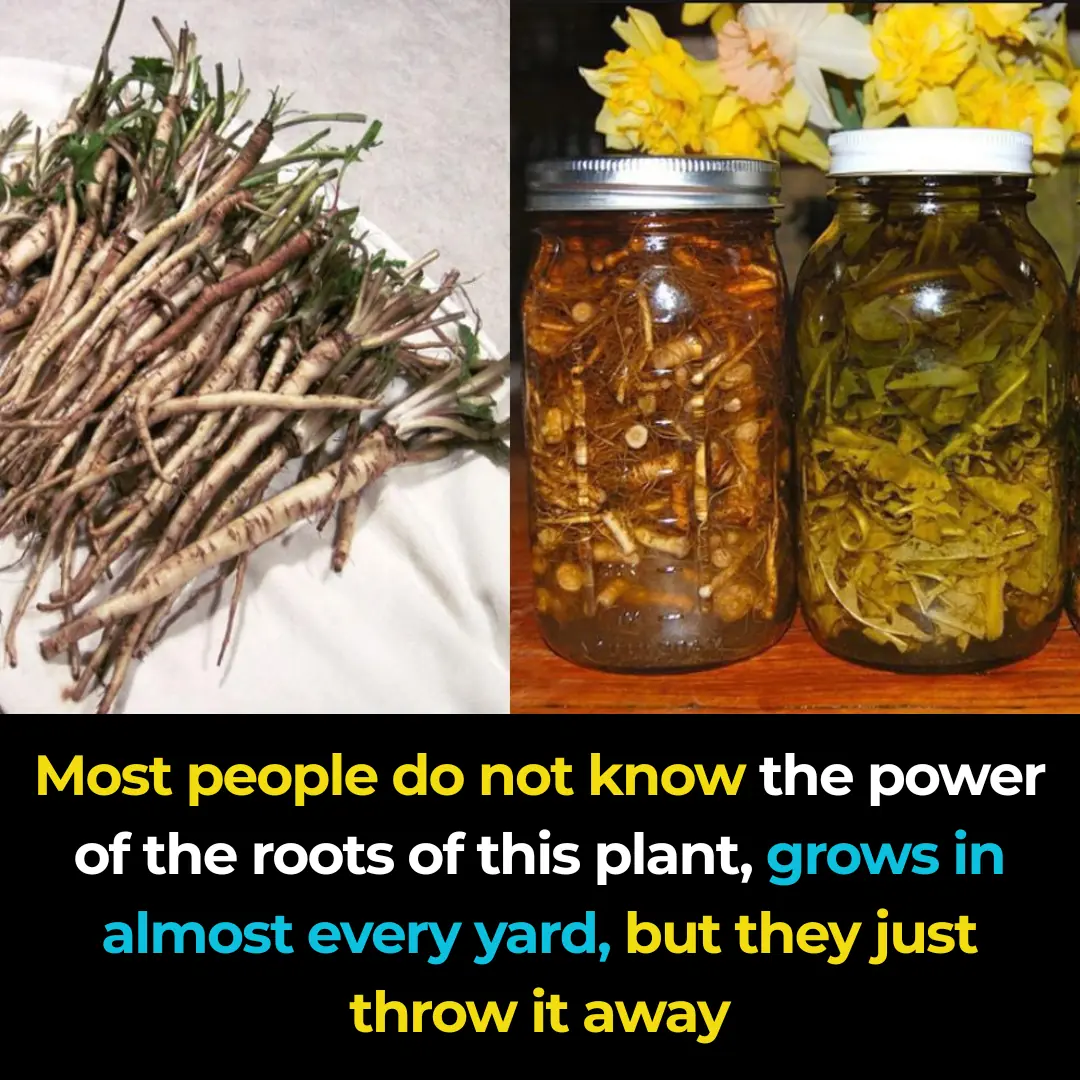
9 Things About Bledo Blanco (Amaranthus albus)
Bledo Blanco: Amaranthus albus – A Resilient and Multifunctional Plant
Bledo Blanco, scientifically known as Amaranthus albus and commonly referred to as white pigweed or tumbleweed, belongs to the Amaranthaceae family. Despite often being dismissed as a simple weed, this hardy and fast-growing plant has long been valued in traditional medicine, agriculture, and as a supplemental food source. Its resilience in diverse climates has allowed it to spread across the globe, where it plays an important ecological and cultural role.
1. Description of Bledo Blanco
-
Scientific Name: Amaranthus albus
-
Common Names: White pigweed, tumbleweed, bledo blanco (in Spanish-speaking regions).
Appearance:
This annual herbaceous plant can reach up to 1 meter in height, developing branching stems with small, oval, green leaves that show a pale underside. Its tiny, greenish-white flowers grow in clusters along the stems, giving the plant a subtle yet distinctive look.
Native Range:
Originally native to the Americas, it has successfully naturalized worldwide. Today, it is often seen in fields, roadsides, and disturbed soils, where it is considered both a useful resource and a persistent weed.
2. Nutritional Value
Although often overlooked, Amaranthus albus provides edible leaves and seeds packed with nutrition.
-
Rich in Nutrients: High in vitamins A, C, and K, and minerals such as iron, calcium, and potassium.
-
Protein Source: Like other amaranths, both its leaves and seeds are protein-dense, supporting balanced diets, especially in rural or resource-limited areas.
-
Low in Calories: Suitable for health-conscious individuals seeking nutrient-rich foods without high caloric intake.
-
Dietary Fiber: Its leaves also provide fiber, aiding digestion and promoting gut health.
3. Culinary Uses
Leaves:
-
Traditionally cooked in soups, stews, or stir-fries.
-
Can be eaten raw in salads, though cooking softens the taste and reduces bitterness.
Seeds:
-
Ground into flour for bread, flatbreads, or porridge.
-
Toasted and sprinkled onto meals for added texture and nutritional value.
In some communities, both the leaves and seeds have been staples during times of scarcity, highlighting the plant’s role in food security.
4. Medicinal Benefits
Bledo Blanco has a respected place in folk medicine:
-
Anti-inflammatory: Infusions and teas are used to ease swelling and pain.
-
Digestive Aid: Helps relieve constipation, indigestion, and bloating.
-
Skin Health: Poultices made from crushed leaves soothe wounds, rashes, and irritations.
-
Diuretic: Promotes detoxification and supports kidney function.
-
Antioxidant Properties: Rich in compounds that combat oxidative stress, strengthen immunity, and protect against chronic illness.
5. Agricultural Uses
-
Livestock Feed: Nutritious fodder for goats, sheep, and cattle.
-
Soil Health: Improves soil fertility as it decomposes, adding organic matter.
-
Weed Management: Its rapid growth can outcompete harmful invasive weeds in some systems, reducing the need for chemical herbicides.
6. Environmental Significance
-
Drought Tolerance: Thrives in arid and semi-arid landscapes, making it suitable for erosion control and sustainable landscaping.
-
Pollinator Support: Its small flowers attract bees, butterflies, and other pollinators, boosting biodiversity.
-
Adaptability: Able to colonize poor soils where other crops may fail, thereby stabilizing ecosystems.
7. Potential Concerns
Despite its many benefits, Amaranthus albus comes with some drawbacks:
-
Invasive Weed: In farmlands, it can compete aggressively with crops for nutrients, sunlight, and water.
-
Nitrate Accumulation: Under certain conditions, it stores high levels of nitrates, which may become toxic to livestock if consumed excessively.
-
Oxalate Content: Contains oxalates, which can contribute to kidney stone formation when eaten in very large amounts.
8. How to Grow Bledo Blanco
-
Soil: Prefers sandy or loamy, well-drained soil but adapts to a wide range of conditions.
-
Sunlight: Grows best in full sun, though partial shade is tolerated.
-
Watering: Requires minimal watering due to its drought-resistant nature.
-
Propagation: Easily grown from seeds that germinate quickly, making it low-maintenance for gardeners or farmers.
9. Cultural Significance
For centuries, Bledo Blanco has been woven into the traditions of Latin American and Indigenous communities:
-
Food and Medicine: Valued not only as nourishment but also as a healing herb.
-
Spiritual Role: In some cultures, the plant is used in rituals and ceremonies, symbolizing health, fertility, and abundance.
Conclusion
Bledo Blanco (Amaranthus albus) is far more than a common weed. It is a resilient, adaptable, and resourceful plant with significant nutritional, medicinal, and ecological contributions. While it can be problematic as an invasive species, its potential to serve as food, livestock feed, soil improver, and cultural symbol makes it an invaluable natural resource—especially in areas with limited agricultural opportunities.
News in the same category


13 Powerful Leaves That Help Manage Diabetes Naturally

7 Powerful Fruits That May Help Prevent and Fight Cancer

❗Avoid Cloves If You Have These Health Issues – What Doctors Rarely Warn You About
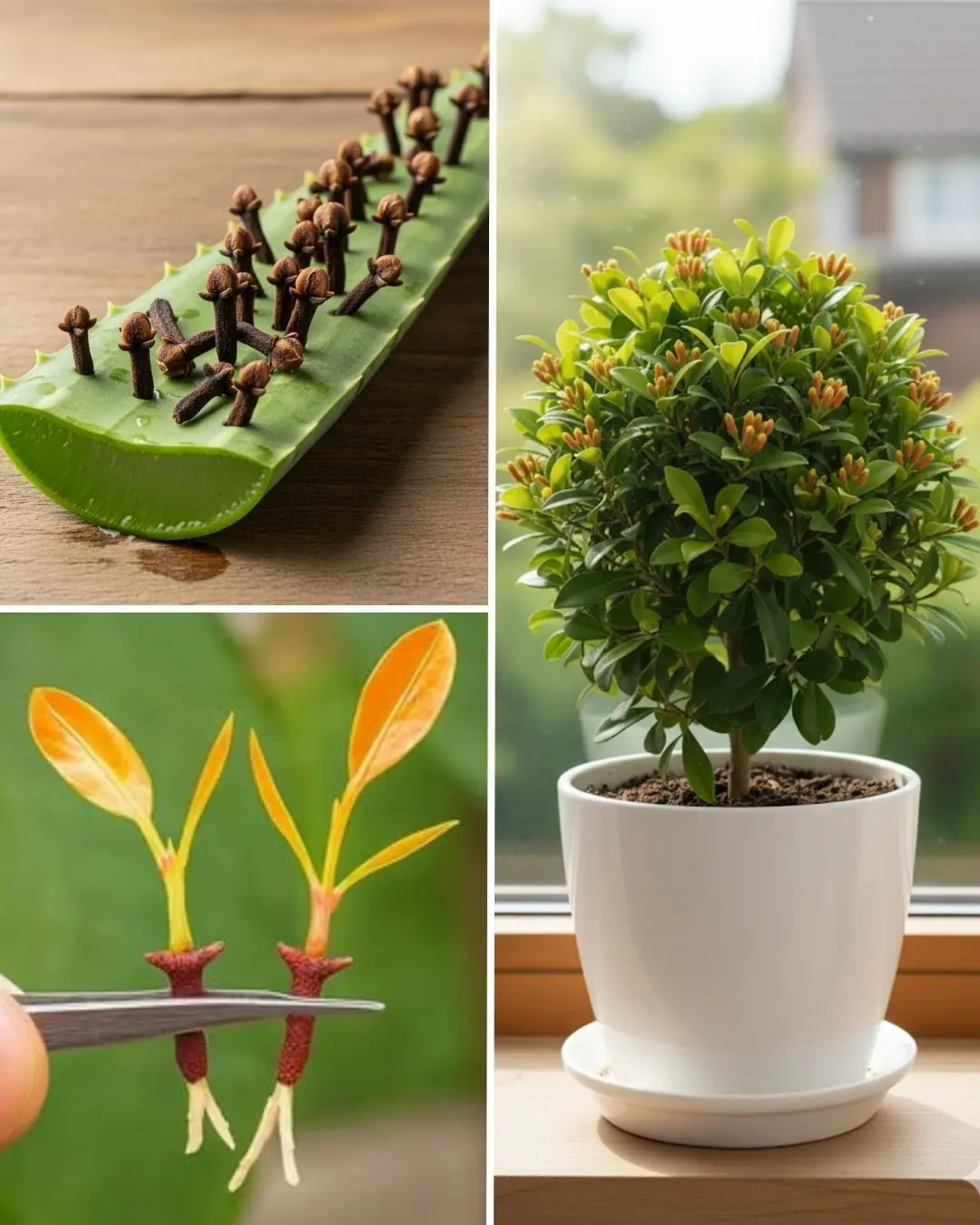
Easy Clove Growing: Seed to Spice

Secrets of Companion.Tomatoes Hate Cucumbers.Planting Combinations.

8 Collagen-Boosting Veggies to Ease Leg and Joint Swelling

Mugwort Plant: Benefits, Properties, and Uses

Purslane: The Superfood That Tastes Better Than Meat – 7 Reasons to Grow It in Your Garden
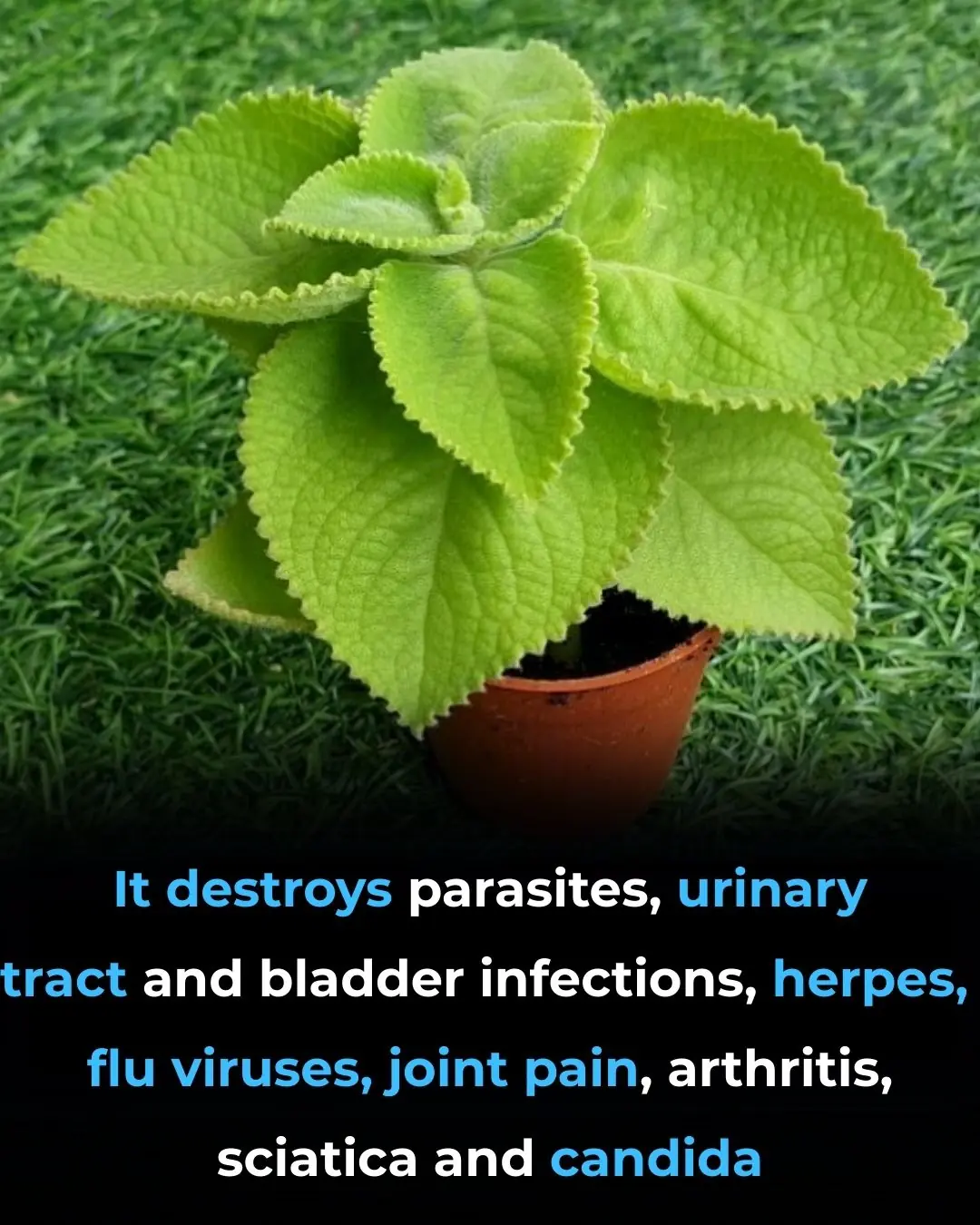
🌿 Oregano: Nature’s Small but Mighty Healer

Top 3 Ways to Treat Tooth Decay with Guava Leaves – Simple and Cost-Effective
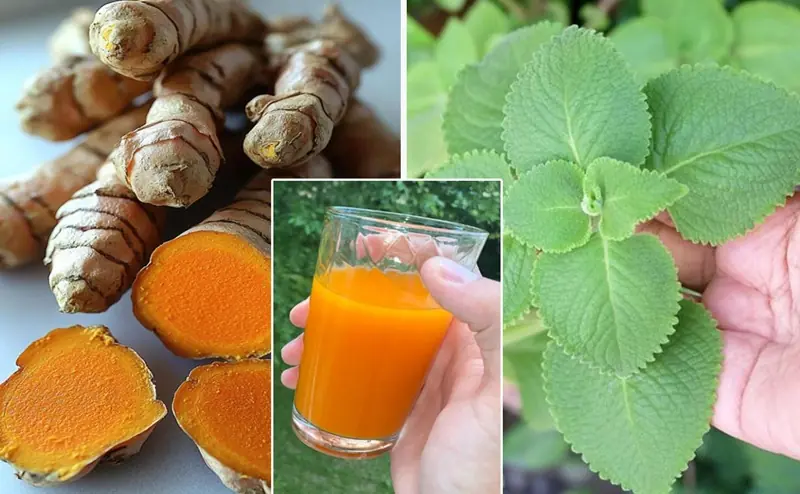
Turmeric, Cuban Oregano, and Banana Drink: Natural Remedy for High Blood Pressure, Diabetes, and Poor Circulation
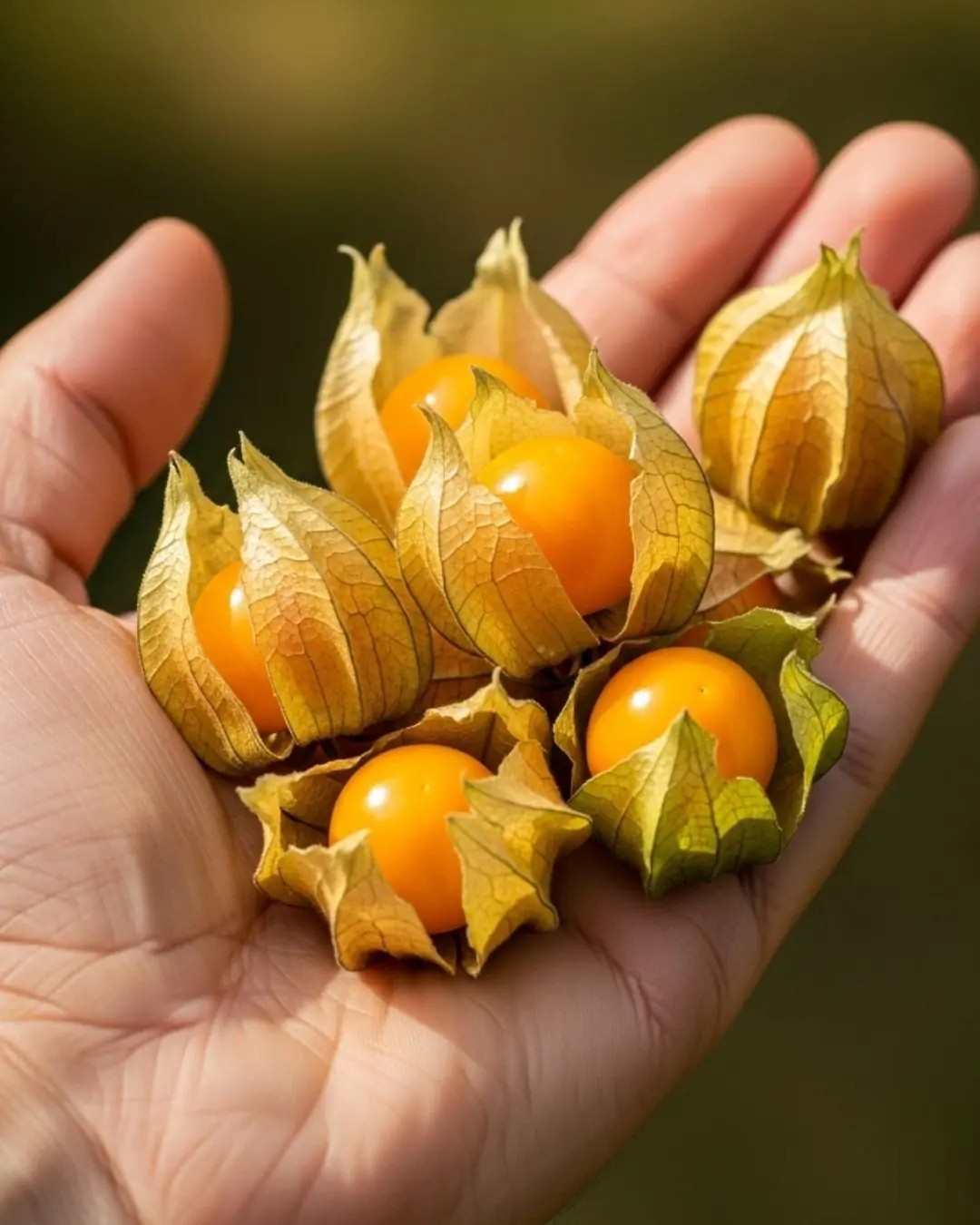
Goldenberry: 17 Powerful Health Benefits for Older Adults.
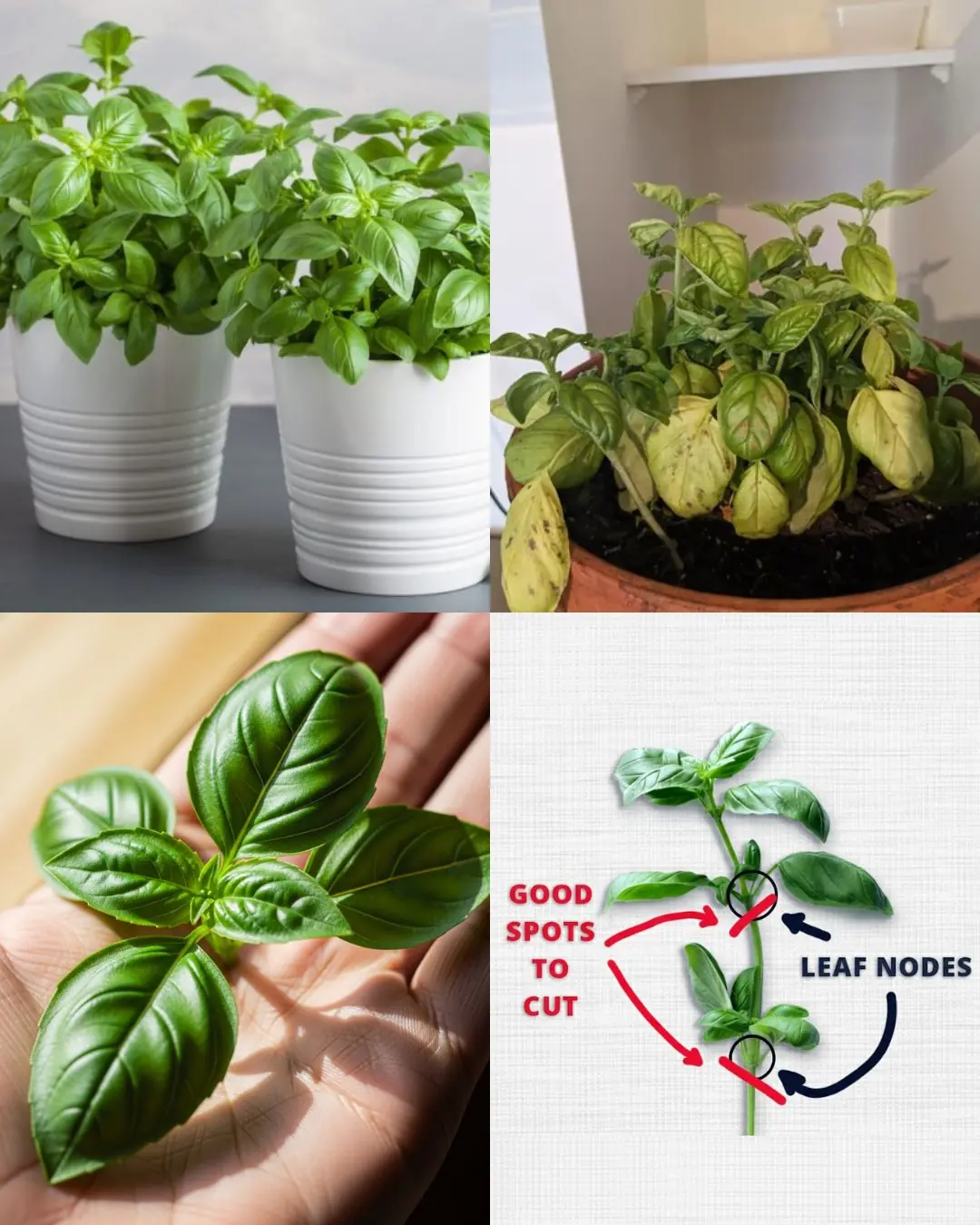
How to Keep Supermarket Basil Alive and Thriving

The Secret Power of Plantago Major that no one knows

Mimosa Pudica: Medicinal Value and Uses
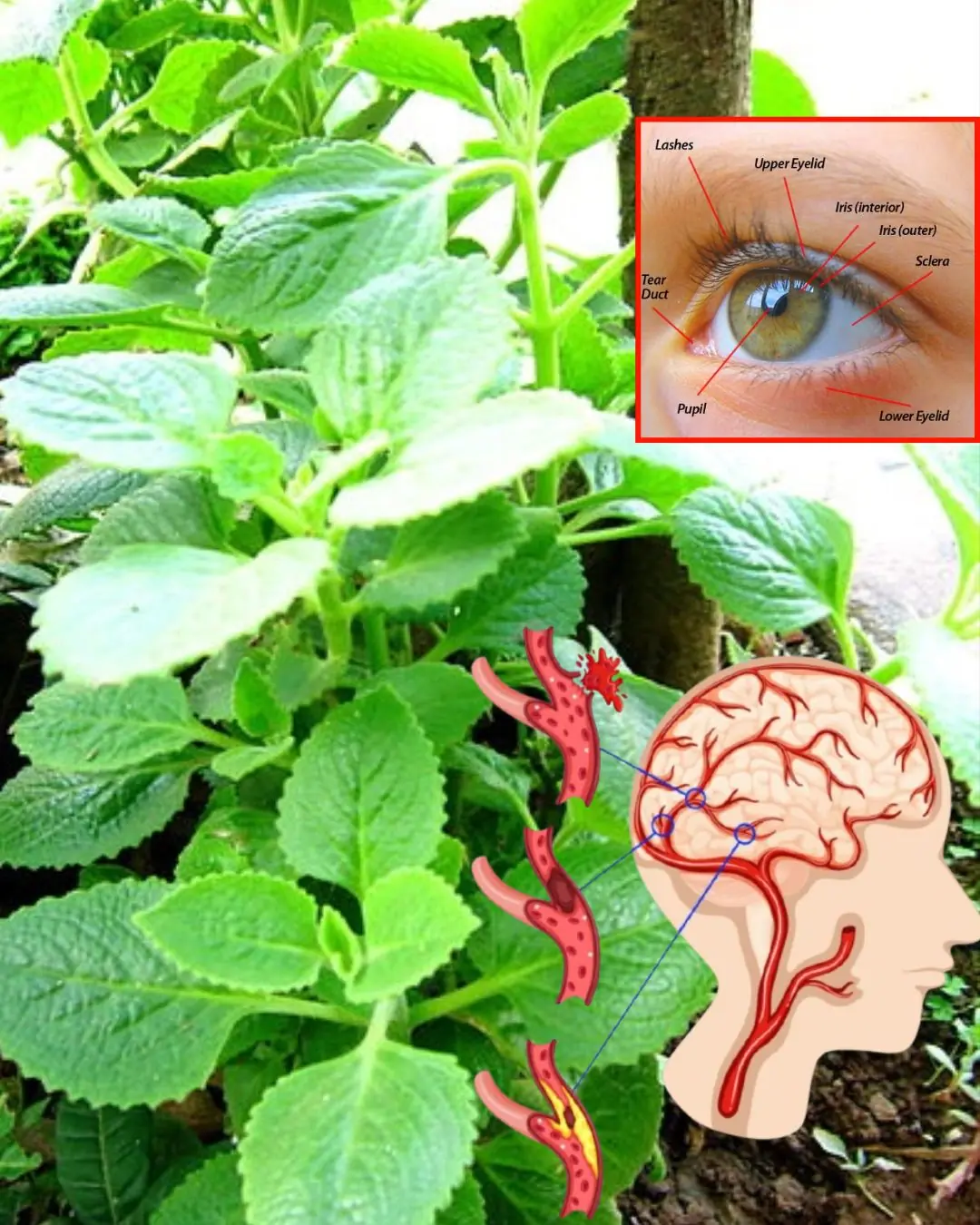
"The best plant for eyesight 👀 and much more… See more in the first comment."

Discover Garden Gold: Dandelion’s Hidden Power
News Post

Keep a garlic bulb by your bedside—the ‘golden’ benefits will make anyone want to try it

Throwing away coffee grounds is like throwing away money—these uses for coffee grounds are things every household needs

Soak yellowed pillow inserts in this, and no matter how dirty they are, they’ll come out bright and clean like new

Your unexplained fatigue and bloating could be intestinal parasites feeding off you right now

Mix Bananas, Honey and Water: Cough and Bronchitis Will Disappear

Forget 10,000 steps: Scientists prove 7000 steps gives you ‘almost identical’ life-saving benefits

What Is Sleep Talking?

Dandelion roots are the most important part of the plant

Why Is It Not Recommended To Hang Out The Clothes Outside

Farting Too Much at Night: Here’s What It Might Mean

Sleeping Position With Your Partner

What Foamy Urine Might Be Trying to Tell You

What Sleeping with Your Arms Crossed Really Says About You

5 Homemade Turmeric Face Washes for all Skin Type

3-Step Okra Skin Care: Get Rid of Wrinkles, Large Pores & Dark Spots

13 Powerful Leaves That Help Manage Diabetes Naturally

Seasoning powder and monosodium glutamate, which is the most harmful?

CCF Drink For Glowing Skin
